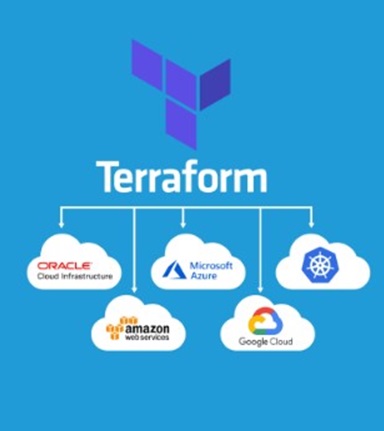
What is Cloud Security?
There are two important terms to explain Cloud Security: Security OF the cloud and Security IN the cloud.
Cloud Provider is responsible for “Security of the Cloud” which means protecting the infrastructure that runs all of the services offered in the Cloud. The cloud provider is responsible for the infrastructure which is composed of the hardware, software, networking, and facilities that run their Cloud services.
Customer responsible for “Security in the Cloud” which means responsibility will be determined by the Cloud services that a customer selects. Customer responsibility also varies depending on which model they select. This determines the amount of configuration work the customer must perform as part of their security responsibilities. For example, customers have more responsibility if they subscribe to Infrastructure as a Service (IaaS).
Moving to the cloud is not letting users free from his security responsibilities. Instead it increases their responsibilities. When you deploy an application to the cloud, that application is potentially accessible from anywhere in the world. Based on the data classification, the exposure attracts more threats from the external users. You should design your application with proper authentication and authorization to protect the access. Also need to take necessary measurements to protect the entire network you manage in the cloud with Firewall, Policies and other security monitoring tools.
Ways to mitigate cloud security threats
To mitigate the security threats, better we understand the possible security risks. The Open Worldwide Application Security Project (OWASP) has listed Top 10 categories of possible web application security risks OWASP Top Ten | OWASP Foundation (OWASP Top Ten | OWASP Foundation) (OWASP is a nonprofit foundation that works to improve the security of software)
Below are mitigations you can plan against these risks
Start security thinking from the design itself
Authentication: Implement a solid authentication solution for your cloud applications.
Authorization: Always go with the least privilege policy and Role Based Access Control (RBAC)
Encryption: Use encryption at-rest and in-transit. Always secure data transfer using TLS latest version (currently its v1.3).
Session timeout: Limit session duration by implementing timeout.
Secure client applications from injections
Avoid using wildcard TLS certificates, instead use certificate with complete domain only
Protect all API requests with authentication, API Keys and restrict to allow access by targeted URL
Always use SFTP for file transfer
Encrypt PII data, if any
Use logging and other available tools and techniques to detect security threats and keep on fine tuning the security measures
Have a safe cloud computing
We Value Your Input
We are committed to continuous improvement of our code and content based on valuable audience feedback. Please share your comments, suggestions, and any areas where we can enhance your experience.










